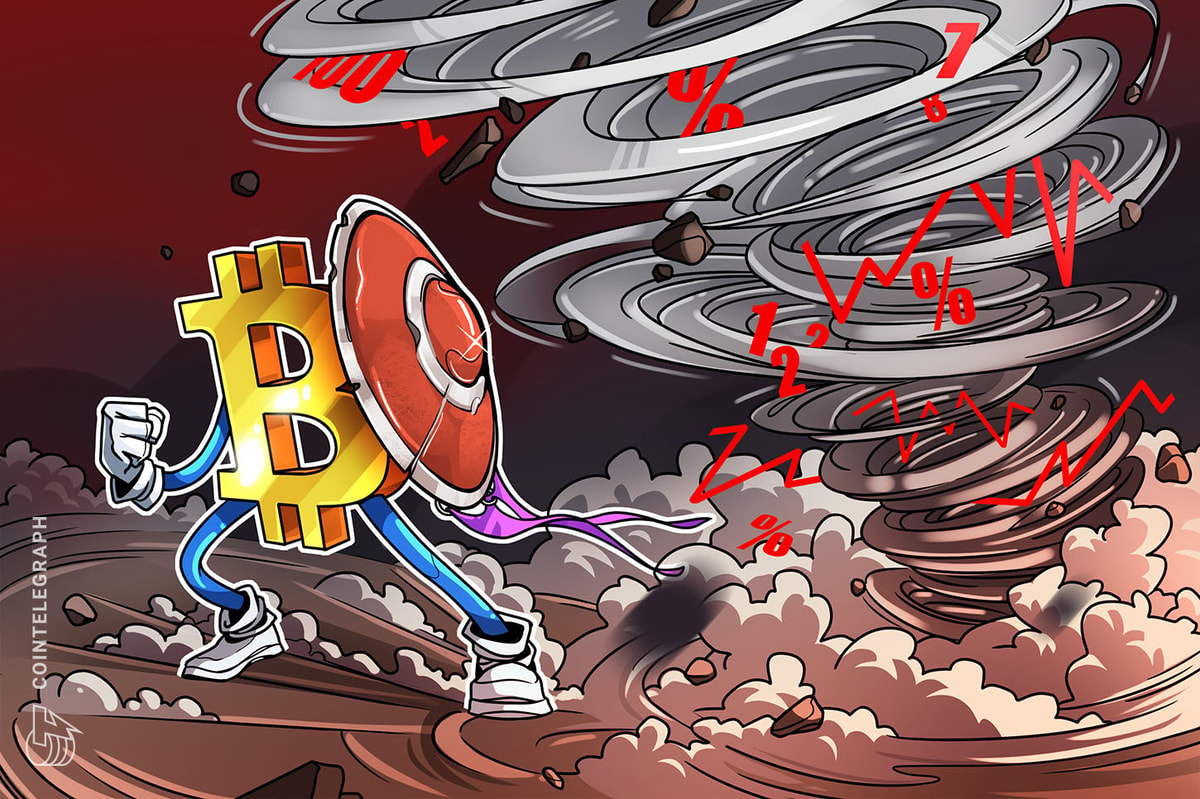The startup is onboarding Bitcoin miners representing a “sizable amount” of the Bitcoin network’s total hashrate, according to Alex Luce.
News
Rebar Labs aims to launch the first Bitcoin-native platform for shielding traders from Maximum Extractable Value (MEV) strategies, such as frontrunning, by the end of 2024, CEO Alex Luce told Cointelegraph in an interview.
Bitcoin’s (BTC) emerging ecosystem of native decentralized exchanges (DEXs) and layer-2 scaling solutions (L2s) has reinvigorated the oldest blockchain network but has also created new risks for traders, including harmful MEV.
“Right now, if we’re talking about MEV, the most obvious example on Bitcoin is front-running,” Luce said. “It’s happening fairly often.”
Source: Rebar Labs
Related: Bitcoin yield opportunities are booming — Here’s what to watch for
Rebar’s Shield could become Bitcoin’s equivalent of Ethereum’s Flashbots, which has protected approximately $43 billion worth of decentralized exchange (DEX) transactions from MEV since 2021, according to Dune Analytics.
Shield is designed to protect traders from harmful MEV while promoting interoperability among Bitcoin’s fragmented DEX ecosystem.
“On Bitcoin, these DEXs aren’t very interoperable, and liquidity is fragmented,” Luce said. “That’s where good MEV comes in—someone can come in, even out the prices, and help users with execution.”
Rebar’s Shield also aims to enhance returns for Bitcoin miners, who process transactions and post them to Bitcoin’s blockchain ledger.
“We’re speaking with all the large miners in the space right now,” Luce said, adding Rebar seeks to launch the Shield with “a sizable amount” of the Bitcoin network’s hashrate on board.
Source: DefiLlama
Bitcoin originated as a simple peer-to-peer payment protocol but its 2021 Taproot upgrade enabled the network to support more complex activities, including creating and trading other types of tokens and minting non-fungible tokens (NFTs).
Bitcoin-native decentralized finance (DeFi) is still nascent, and largely limited to crypto-native traders.
“Today, daily volume is in the millions, maximum. It’s not significant. What we really view this space as right now is sort of a very early beta where you don’t have that many users interacting with it,” Luce said, adding:
“The target user today is very different than the target user we’re hoping for in 12 or 24 months from now.”
Meanwhile, Bitcoin-native L2s — such as Babylon, Core Chain, Rootstock, and Stacks — are gaining traction.
Total value locked (TVL) on Bitcoin’s L2s stands at approximately $2 billion as of Oct. 18, according to data from DefiLlama.
“In the next 12 months, if you can’t get good execution on Bitcoin, chances are you’re going to move to an L2,” Luce said. “I think it’s a missed opportunity if that happens because Bitcoin is such a great market.”
Magazine: Crypto voters are already disrupting the 2024 election — and it’s set to continue
This article first appeared at Cointelegraph.com News

